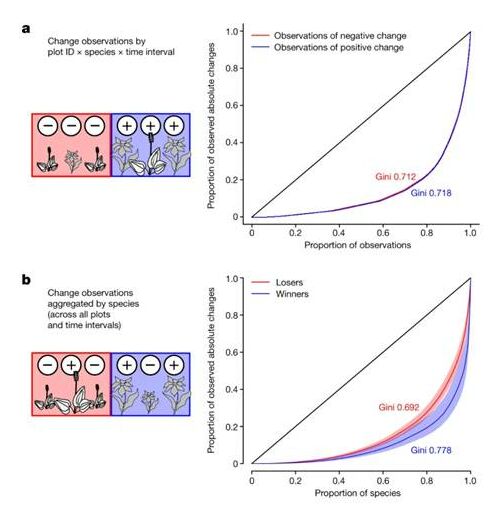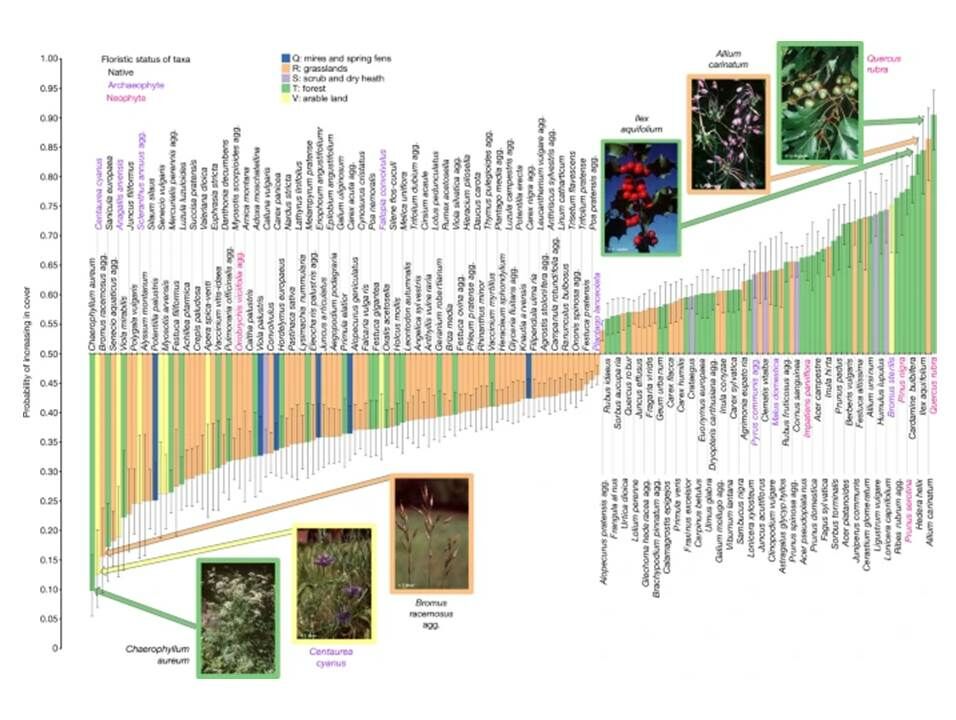Nature Publication 2022
More losses than gains during one century of plant biodiversity change in Germany
Ute Jandt, Helge Bruelheide, Florian Jansen, Aletta Bonn, Volker Grescho, Reinhard A. Klenke, Francesco Maria Sabatini, Markus Bernhardt-Römermann, Volker Blüml, Jürgen Dengler, Martin Diekmann, Inken Doerfler, Ute Döring, Stefan Dullinger, Sylvia Haider, Thilo Heinken, Peter Horchler, Gisbert Kuhn, Martin Lindner, Katrin Metze, Norbert Müller, Tobias Naaf, Cord Peppler-Lisbach, Peter Poschlod, Christiane Roscher, Gert Rosenthal, Sabine B. Rumpf, Wolfgang Schmidt, Joachim Schrautzer, Angelika Schwabe, Peter Schwartze, Thomas Sperle, Nils Stanik, Christian Storm, Winfried Voigt, Uwe Wegener, Karsten Wesche, Burghard Wittig & Monika Wulf (2022)
Published: 19 October 2022
https://doi.org/10.1038/s41586-022-05320-w
The loss of biodiversity as one of the most critical environmental problems. The Nature article, published in October 2022, sheds light on this problem on the basis of over 7000 semi-permanent vegetation plots collected over almost 100 years. Worldwide, the extinction of many taxa is well documented. However, at the local level, studies do not always reflect this global trend.


Abstract
Long-term analyses of biodiversity data highlight a ‘biodiversity conservation paradox’: biological communities show substantial species turnover over the past century, but changes in species richness are marginaMost studies, however, have focused only on the incidence of species, and have not considered changes in local abundance. Here we asked whether analysing changes in the cover of plant species could reveal previously unrecognized patterns of biodiversity change and provide insights into the underlying mechanisms. We compiled and analysed a dataset of 7,738 permanent and semi-permanent vegetation plots from Germany that were surveyed between 2 and 54 times from 1927 to 2020, in total comprising 1,794 species of vascular plants. We found that decrements in cover, averaged across all species and plots, occurred more often than increments; that the number of species that decreased in cover was higher than the number of species that increased; and that decrements were more equally distributed among losers than were gains among winners. Null model simulations confirmed that these trends do not emerge by chance, but are the consequence of species-specific negative effects of environmental changes. In the long run, these trends might result in substantial losses of species at both local and regional scales. Summarizing the changes by decade shows that the inequality in the mean change in species cover of losers and winners diverged as early as the 1960s. We conclude that changes in species cover in communities represent an important but understudied dimension of biodiversity change that should more routinely be considered in time-series analyses.

